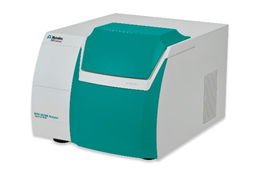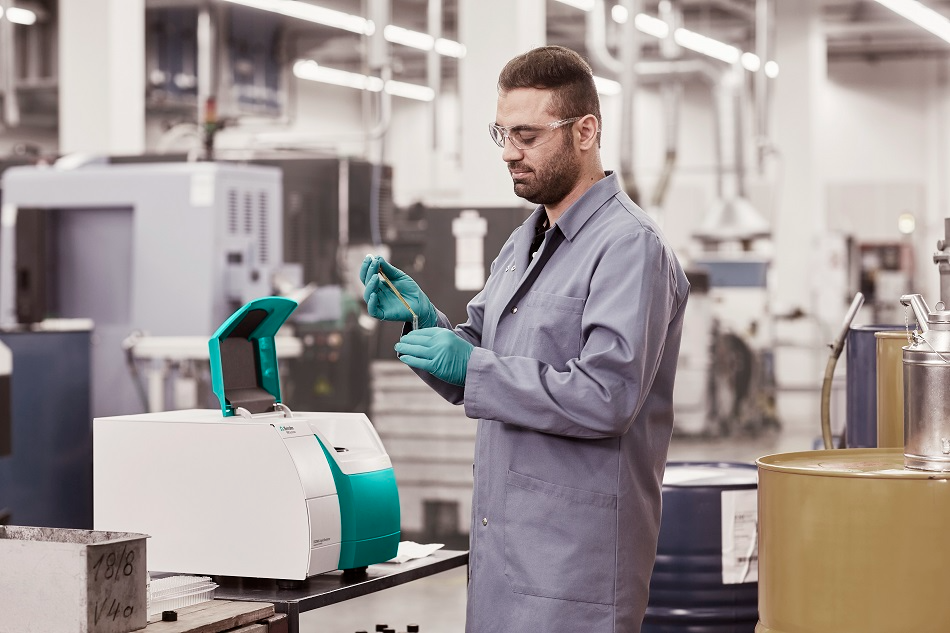Metrohm has introduced the NIRS DS2500 Petro Analyzer that enables rapid, robust, and simple routine analysis of petrochemical samples.
The analyzer is easy to use, does not require sample preparation, and delivers results for numerous parameters in less than a minute. These are the primary advantages of near-infrared spectroscopy meant for routine analysis.
With Metrohm’s DS2500 Petro Analyzer, both QC managers and shift personnel from the petrochemical sector can currently benefit from these advantages.
The DS2500 Petro Analyzer is also pre-calibrated for kerosene, gasoline, and diesel, which makes routine determination of QC parameters, like MON, RON, Cetane Index, etc., easier, quicker, and relatively less costly when compared to other competing wet chemical systems.

With the DS2500 Petro Analyzer, key parameters such as RON, MON, Cetane Index, and many more can be determined in less than a minute.
Easy to Use
Integrated with Intuitive Vision Air Software, the NIRS DS 2500 Petro Analyzer is user-friendly. The routine user mode is so simple that shift personnel will be able to adapt to it quickly—users can simply click twice to choose the method and begin the measurement to get an accurate pass/fail result.
Robust Design for Operation in Production Environments
Equipped with IP65 certified housing and a single rotating optical element, the NIRS DS2500 Petro Analyzer is an extremely robust solution that offers superior protection against environmental impacts even in high vibration surroundings.

Pre-Calibrations and Smart Sample Holders
The NIRS DS2500 Petro Analyzer has been pre-calibrated for kerosene, diesel, and gasoline-based on actual petrochemical product spectra. This means that users can start their measurements directly without any need to develop a model beforehand.
Smart sample holders together with SOPs help prevent mistakes in regular operation because they ensure that the right sample container is invariably utilized to quantify the sample.
Users can also select from a range of disposable vials, flow cells, and cuvettes, which provide them with the flexibility to adjust to the respective sample.